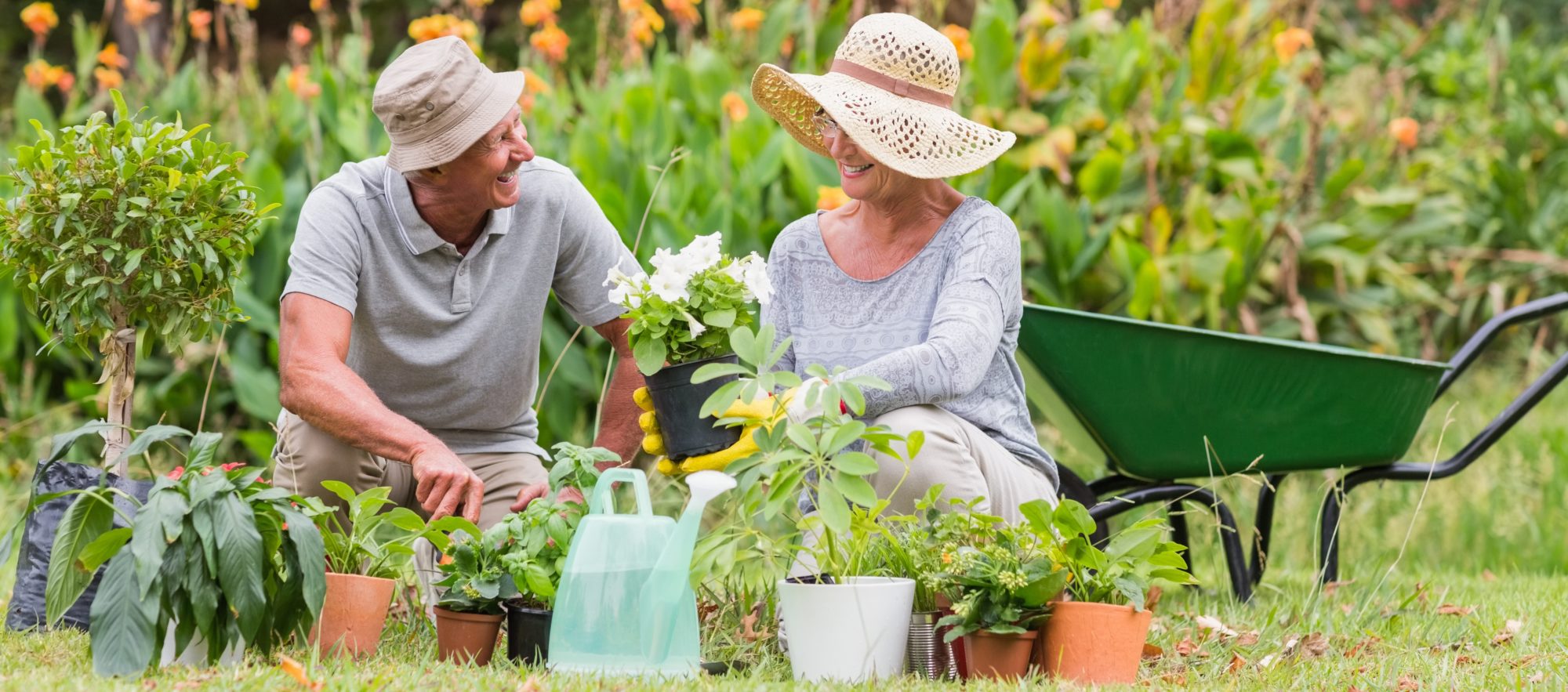Seasonal Gardening Tips: What to Plant and When for Finest Results
Seasonal Gardening Tips: What to Plant and When for Finest Results
Blog Article
The Comprehensive Guide to Horticulture: Discover the Benefits of Various Designs and Approaches
Horticulture includes a diverse array of styles and strategies, each offering special benefits customized to specific preferences and ecological contexts. As we discover these different styles, it comes to be noticeable that the choices made can considerably influence both the garden's wellness and its contribution to the surrounding environment.
Understanding Horticulture Fundamentals
Recognizing the fundamentals of gardening is necessary for growing a prospering and sustainable garden. A successful horticulture undertaking begins with a strong structure of understanding concerning dirt, plant option, and environment factors to consider.
Selecting the right plants is similarly vital. Understanding their details needs-- such as sunlight, water, and spacing-- makes certain compatibility with the regional climate and soil problems. This selection process must likewise think about the growth habits and lifecycle of plants, enabling for a balanced and visually pleasing yard.
In addition, reliable watering methods are crucial. Over-watering and under-watering can both bring about plant stress and anxiety and disease. Applying a timetable based on seasonal changes and plant requirements can improve water performance.
Popular Horticulture Styles
What defines the essence of preferred horticulture designs? These styles encapsulate varied visual principles, practical needs, and environmental considerations, eventually showing the garden enthusiast's individual vision. Among one of the most prominent designs is the cottage garden, defined by its informal layout and a dynamic selection of blossoms and veggies. This approach highlights a harmonious blend of shade and appearance, producing an inviting ambience.
Conversely, the official garden embodies symmetry and order, often including geometric patterns and carefully trimmed bushes. This style communicates elegance and elegance, with carefully chosen plants that reinforce a structured visual.
The Japanese garden uses a serene and meditative experience, using all-natural elements like water, rocks, and plants to produce a tranquil setting. It focuses on simpleness and balance, motivating contemplation.
Additionally, xeriscaping has obtained popularity, particularly in dry regions (Gardening). It focuses on drought-resistant plants and reliable water use, advertising sustainability while enhancing landscape appeal
Advantages of Container Gardening
Container gardening uses a wide range of benefits that make it an appealing option for both newbie and seasoned gardeners alike. Among the key advantages is flexibility; containers can be put in numerous areas, permitting gardeners to maximize sunshine direct exposure and create visually attractive setups. This flexibility makes it possible to yard in rooms where typical click in-ground horticulture might not be practical, such as terraces, patios, or metropolitan environments.
Furthermore, container horticulture gives better control over dirt problems. Gardeners can customize the dirt mix to fit particular plants, ensuring optimum drainage and nutrient accessibility. This is specifically advantageous for individuals residing in locations with inadequate or contaminated soil.
Another considerable advantage is the lowered danger of pests and diseases. Container plants can be kept track of more easily, and any problems can be attended to promptly. This method can lessen the spread of intrusive varieties.
Lasting Gardening Practices
Lasting gardening practices are vital for promoting environmental health and wellness and boosting biodiversity in our environments. These techniques prioritize ecological equilibrium, source conservation, and making use of organic techniques to decrease negative ecological influences. By employing methods such as composting, garden enthusiasts can lower waste while enriching dirt health, thus cultivating a flourishing yard environment.
Water preservation is an additional important aspect of sustainable gardening. Methods such as rainwater harvesting, drip irrigation, and making use of drought-resistant plants can dramatically reduce water usage while making sure that plants obtain adequate moisture. In addition, integrating native find out this here plant types right into yard designs sustains neighborhood wildlife and decreases the need for chemical plant foods and chemicals, which can be damaging to the environment.

Eventually, sustainable horticulture techniques not only add to healthier yards but additionally promote a more resilient atmosphere, using long-term benefits to both the garden enthusiast and the bordering area.
Tips for Successful Gardening
To cultivate a successful yard, garden enthusiasts need to focus on mindful preparation and thoughtful execution of their gardening techniques. Begin by examining the neighborhood environment and dirt conditions, as these variables significantly influence plant selection and growth. Choose plants that are appropriate to your setting, taking into consideration indigenous varieties that will certainly grow with minimal intervention.
Executing a well-structured design is important (Gardening). Use buddy growing strategies to advertise biodiversity and all-natural bug control, while making certain each plant has adequate space for growth. This not just improves aesthetics yet additionally improves total plant health and wellness
Routine maintenance is key to an effective garden. Develop a constant routine for watering, weeding, and fertilizing. Mulching can aid preserve dampness and reduce weeds, while likewise including raw material to the dirt.
Do not undervalue the significance of observation. Routinely keeping track of plant health and Learn More wellness and growth will certainly permit for timely treatments. Lastly, be open to discovering and adapting; horticulture is a constant process that profits from experience and testing. By focusing on cautious preparation, execution, and recurring maintenance, gardeners can attain a lively and productive yard that flourishes throughout the seasons.
Final Thought


In summary, the expedition of varied gardening designs and strategies exposes their complex advantages, adding to both aesthetic charm and ecological health and wellness. Container horticulture uses flexibility and availability, while lasting practices enhance ecological stewardship.
Report this page